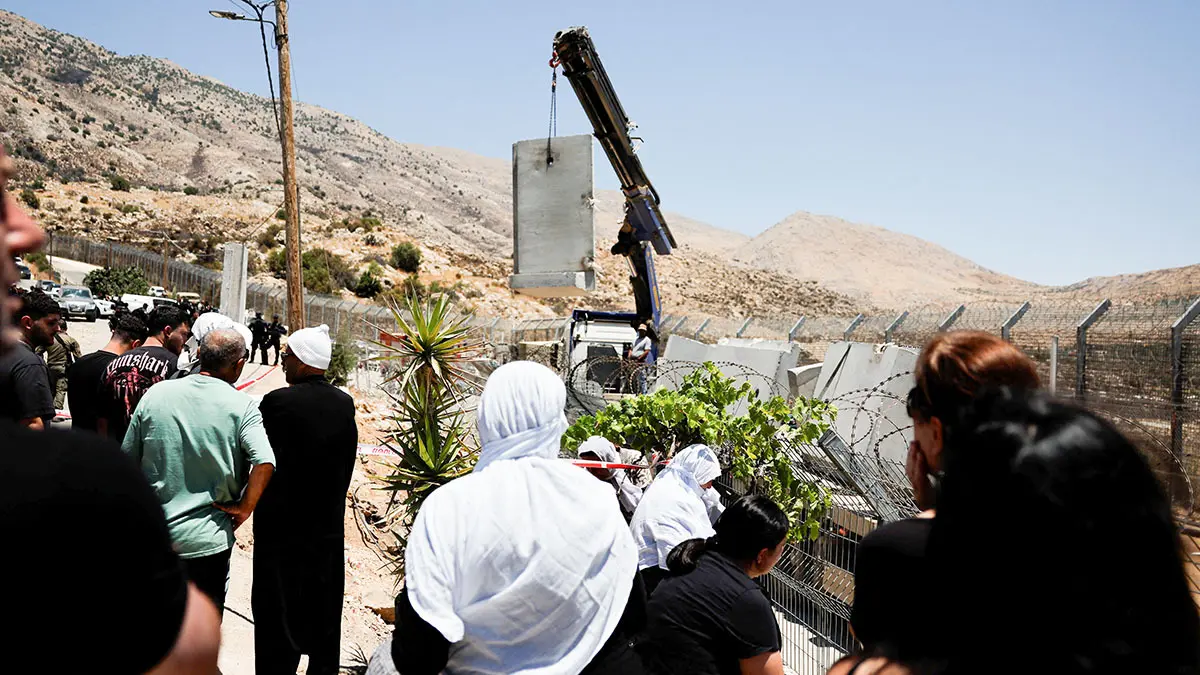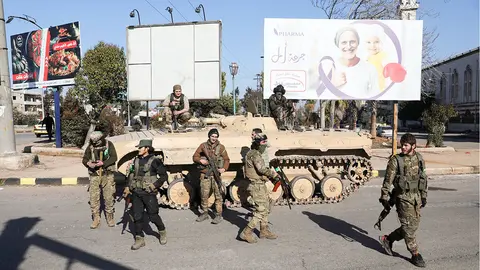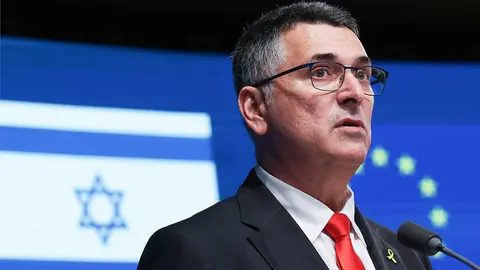Druze, Israel's powerful ally

These violent clashes demonstrate once again the enormous complexity of the ethnic and religious mosaic of the Middle East.
Let us begin by saying that the Druze are an Arab community that professes a monotheistic and secret religion that emerged from Shiite Ismailism in 11th-century Egypt. Their most distinctive feature is their secrecy, as demonstrated by their refusal to accept converts, their prohibition of proselytising and their strong discouragement of marriage outside the community. However, over the centuries, elements from other religious traditions—Hinduism, ancient Greek philosophy, Christianity and Judaism—have been incorporated into their belief system, making it truly unique and complex.
However, it is a small community of just over a million individuals, spread across Syria, Lebanon, Israel and Jordan, to which must be added some 200,000 Druze or descendants of Druze in Venezuela, where the current spiritual leader of the Syrian Druze, Hikmat Al-Hijri, a former ally of the ousted Syrian president, Bashar Al-Assad, but who renounced him shortly before the fall of the dictator and his regime.
The Druze settled in Venezuela following the massive European emigration of the late 19th and early 20th centuries, arguing that it was the country on the American continent considered most tolerant of religious diversity. The descendants of those emigrants who returned to Syria turned Sweida into ‘little Venezuela’, as 20% of the city's population was born in that country and even still holds Venezuelan passports.
These ties led to intense exchanges with Caracas, especially since the enthronement of President Hugo Chávez, who even paid an official visit to Sweida. Many Druze held positions of responsibility in the Bolivarian ranks, the best known being Tarek El-Aissami, Minister of the Interior and Governor under Chávez, and President of Petróleos de Venezuela (PDVSA) and Economic Vice-President under Maduro. Having fallen from grace, he is now in prison, accused of corruption by the Venezuelan Public Prosecutor's Office.
As for their privileged relationship with Israel, the 143,000 Druze living there make up barely 1.5% of Israel's population, settled in the north of the country, the Golan Heights, Galilee and the Carmel mountain range, with Daliyat Al-Karmel and Yarka as the main settlements. The Druze community boasts of having forged a ‘blood pact’ with the Jewish state, so much so that since 1957 Druze men have performed compulsory military service in the Israel Defence Forces (IDF). Some of them have attained high ranks in the army, the police and other Israeli security forces.
A more nuanced position is held by the 20,000 Druze living in the Golan Heights, where they coexist with some 25,000 Jewish settlers. When Israel occupied the region, these Syrian Druze rejected Israeli citizenship but accepted the residence card, which is essential for living in that occupied territory. Many of them, together with Israeli Druze, demonstrated en masse in Tel Aviv in 2018 against Israel's proclamation as a ‘nation-state of the Jewish people’, arguing that this relegated them to second-class citizen status.
Now, the serious clashes in Sweida have led the Druze spiritual leader, Hikmat Al-Hijri, to denounce the inability of Syria's current interim president, Ahmed Al-Sharaa, to protect the country's ethnic and religious minorities, reminding him of his past as a terrorist and member of al-Qaeda. Al Hijri even went so far as to describe the war waged against them by Arab Bedouins in collusion with the Syrian army as a ‘war of extermination’. Al-Sharaa has reiterated that ‘the protection of minorities is an essential part of his government’, although he no longer mentions his intention to integrate men from such minorities into a single Syrian national army.
For his part, Israeli Prime Minister Benjamin Netanyahu has proclaimed ‘Israel's commitment to preserving a demilitarised zone in south-western Syria on the border with Israel, as well as its obligation to safeguard the local Druze population’. This statement has been rejected by Al-Sharaa, who believes it violates Syria's sovereignty.
Despite their dispersion, the Druze consider themselves a people without borders, which they promote by strengthening their transnational family ties and holding their own events and celebrations. Alongside Syria, and more specifically in the region of Sweida (also known as Jabal Al-Druze or Mount of the Druze), the country where they have made their influence most felt is Lebanon, especially through the Progressive Socialist Party, the main Druze political party in the country.
Now threatened with fragmentation by the antagonistic pressures of war, the Druze tirelessly promote their role in shaping the map of the Middle East and claim to have been the driving force behind ‘the founding of modern Lebanon, Syria, Jordan and Palestine’. Extremely distrustful of the new map that seems to be taking shape in the region, the Syrian Druze demand the maintenance of their militias and refuse both to surrender their weapons and to join the Syrian National Army advocated by Al-Sharaa.



